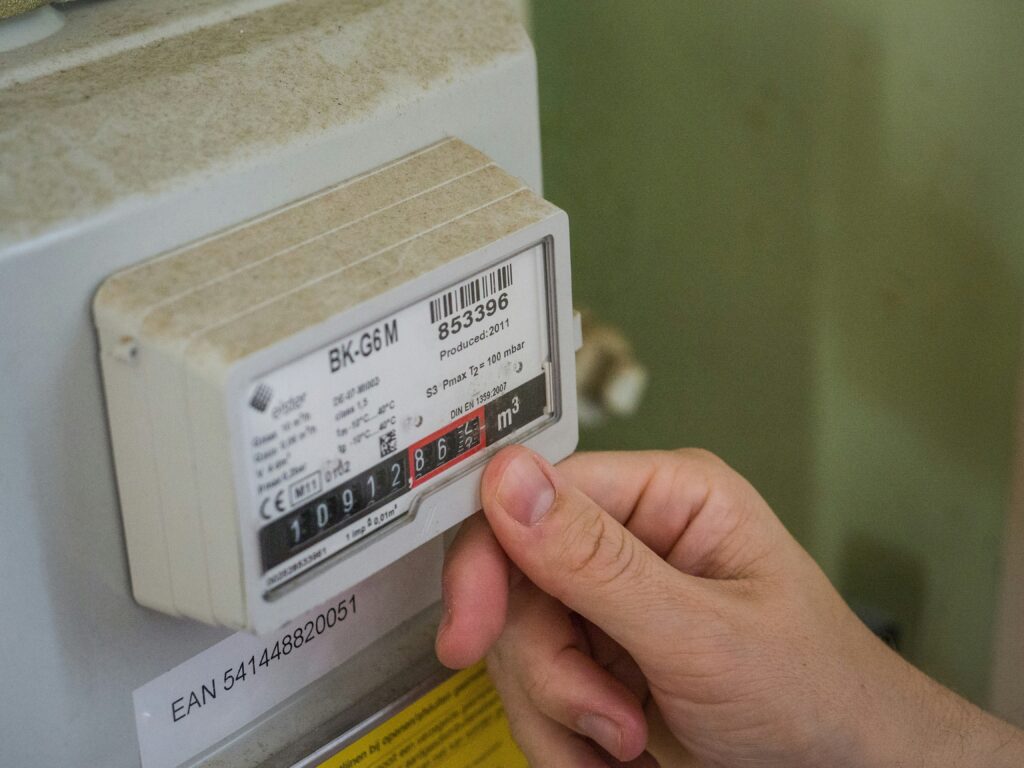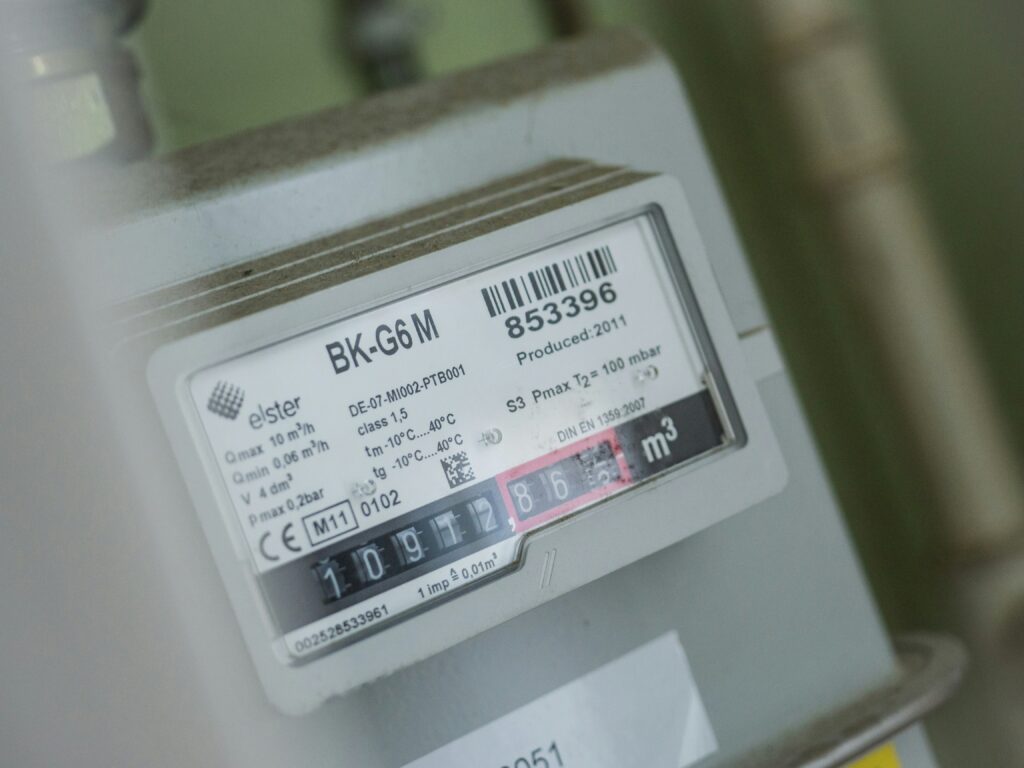13 Genius Tips To Save Money On Electric Bill

Look, I’m going to be real with you your electricity bill is probably hemorrhaging money right now, and you don’t even realize it. As someone who’s spent years analyzing household finances, I’ve watched families throw away thousands annually on wasted energy.
The kicker? Most of them have no clue where the money’s actually going. Let me help you flip the script and start keeping more cash in your pocket where it belongs. 🙂
Understanding Your Energy Spending Problem
How Much Are You Actually Spending?
Here’s a sobering statistic: the typical American household drops roughly $137 monthly on electricity. That’s not a typo that adds up to around $1,600 yearly. When you factor in other utilities, you’re looking at a seriously hefty chunk of your annual budget disappearing into thin air.
But here’s the encouraging part: you’ve got more control over this than you think. The problem isn’t that electricity itself is inherently expensive; it’s that most people have never taken the time to examine where the bleeding actually starts. Your appliances, your habits, your settings these are all variables you can manipulate.
I once worked with a young family who were shocked to discover they were essentially paying $300+ annually just to power devices that weren’t even being used.
Phantom energy was their silent financial thief. Once they understood the mechanics of energy waste, they implemented changes that saved them nearly $600 per year. That’s real money for real life.

Tip #1: Get a Complete Energy Audit (Yes, This Matters)
What an Audit Actually Reveals
Before you start throwing fixes at the problem, you need to diagnose it properly. An energy audit is basically detective work for your home. You’re investigating which appliances are the real culprits and where your money vanishes fastest.
The best-case scenario? Contact your local utility company. Most offer free or heavily discounted audits conducted by actual professionals who know exactly what to look for. They’ve done thousands of these and can spot inefficiencies faster than you ever could.
If you’re more of a DIY person (and honestly, there’s nothing wrong with that), online tools like Energy Star’s home energy assessments let you do preliminary audits at zero cost. You’ll walk away knowing whether you need quick-fix solutions or bigger investments like new HVAC systems.
Here’s the financial reality: some fixes cost nothing. Others require investment. Do the math on everything before committing. Check if energy-efficient upgrades might increase your home’s resale value or qualify you for tax credits. I’ve seen homeowners recoup investment costs within three to five years through lower bills alone.
Tip #2: Stop Leaving Lights On Like You Own the Electric Company
The Math Behind Unnecessary Lighting
This sounds basic, but basic mistakes compound into big money problems. When you flip a 40-watt bulb on for an hour, you’re consuming 0.04 kilowatt-hours (kWh). At the typical rate of 10 cents per kWh, that costs you four cents.
Seems tiny, right? Wrong.
If you have five lights running unnecessarily for 10 hours daily, you’re spending roughly $6 monthly on wasted light. That’s $72 yearly for the laziness of not flipping switches. Across your lifetime, we’re talking about hundreds of dollars vanishing into rooms you weren’t even sitting in.
The solution is almost embarrassingly simple: use natural light whenever possible. Sunlight is free. It’s abundant (at least during daylight hours). Stop turning on the living room lights when the sun is doing the job perfectly well.
Tip #3: Upgrade to LED Bulbs (They’re Worth It)
Why LED Changes the Game
Yes, LED bulbs cost more upfront than incandescent options. But here’s where your financial brain needs to kick in: you’re looking at a legitimate return on investment (ROI).
Energy Star-certified LED bulbs save homeowners over $200 annually. Think about that for a second. The bulbs use a fraction of the energy, AND they last roughly three times longer than old-school incandescent bulbs. The math essentially does itself.
From a household finance perspective, this is one of the few energy-saving moves with a guaranteed payoff. You’re not hoping for results; you’re getting them. Most LED bulbs pay for themselves within a year or two through pure electricity savings.
Pro tip: Don’t buy them all at once. Replace bulbs as your old ones burn out. This spreads the cost and makes the investment completely manageable.
Tip #4: Hunt Down Air Leaks Before They Hunt Down Your Money
Where Your Cool (or Warm) Air Escapes
This is where most people blank out because they don’t connect the dots. Air leaks have everything to do with your electric bill because your HVAC system works overtime when air keeps sneaking in and out of your home.
Here’s the scenario: it’s hot outside. Your AC is running. Suddenly, warm air finds its way inside through gaps and cracks you didn’t even know existed. Your air conditioning system has to work harder to maintain your temperature, which means your compressor runs longer, burning more electricity.
Check these common leak spots:
- The gap under exterior doors
- Window seals and frames
- Outlets on external walls
- Your fireplace damper
- Corners where walls meet the ceiling
Grab a flashlight and some caulk. This is literally a $5 fix that prevents hundreds in wasted cooling or heating costs. I’ve seen homeowners drop their bills 10-15% just by sealing air leaks. FYI, this is non-negotiable financial sense.
Tip #5: Replace Your HVAC Air Filter Every Three Months
The Overlooked Maintenance Item That Saves Money
Your air filter is basically the lungs of your HVAC system. When it gets dirty and clogged, your system gasps for air and works like it’s running a marathon. More work equals higher electricity consumption.
This is such a simple maintenance item that most people forget about it. But replacing your filter every three months is honestly one of the best investments in energy efficiency you can make. A filter costs about $10-15, and the electricity savings from improved HVAC efficiency quickly outpace that cost.
Set calendar reminders right now. I’m serious. Mark your calendar for every three months. This tiny task extends your HVAC system’s lifespan while simultaneously lowering your energy bill. It’s a double win.
Tip #6: Close Interior Doors and Stop Playing Thermostat Roulette
Simple Behavioral Fixes That Actually Work
You know what kills your energy efficiency? Keeping doors open while your AC or heat is running. It’s like trying to fill a bathtub while simultaneously draining it.
If you have kids (or, let’s be honest, pets), doors get left wide open constantly. That’s your conditioned air the air you paid money to cool or heat literally walking out the door. Your HVAC system responds by working harder, and your bill goes up.
Make this a household rule: close the door.
It sounds almost absurdly simple, but behavioral changes are some of the most cost-effective energy savers available. Zero investment. Immediate impact. This is how you build a money-conscious household 🙂
Tip #7: Stop Running Washers and Dryers Like They’re Free
The Washer-Dryer Financial Drain
Let me tell you something I’ve observed countless times: people run their washers and dryers for single items. One pair of pants gets a stain, and the entire machine runs. This is financial insanity.
Your washer and dryer consume substantial electricity. Running them at half capacity means you’re paying the same price for half the benefit. It’s like paying for a full tank of gas to drive halfway across town.
Here’s the smart approach:
- Wait until you have a full load before washing
- Hang-dry clothes when possible (seriously, your dryer is an electricity monster)
- Plan designated laundry days instead of doing random loads
- Air-dry items overnight instead of machine drying
From a household finance perspective, switching to line-drying could save you $100-200 yearly if you’re a heavy dryer user. Your clothes also last longer, which means you buy replacements less frequently. It’s a money saver on multiple levels.
Tip #8: Adjust Your Refrigerator Temperature Settings
The Appliance That Never Stops Running
Your refrigerator is unique because it’s literally always running. Even when you’re asleep, on vacation, or ignoring it completely, your fridge is consuming electricity 24/7. That means tiny inefficiencies add up FAST.
The optimal temperature range for a refrigerator is between 35°F and 38°F. Most people leave theirs set colder than necessary, which forces the compressor to work constantly to maintain unnecessarily cold temperatures.
Check your fridge settings right now. If you’re running it colder than recommended, raise the temperature slightly. Food stays fresh within this range, but your electricity bill drops noticeably. This simple adjustment could save you $10-20 monthly depending on your current settings.
Tip #9: Lower Your Water Heater Temperature
The Hidden Temperature Waste Problem
Here’s a financial gap most people never examine: their water heater temperature. Think about it when’s the last time you checked what your water heater was actually set to?
Many manufacturers default to 140°F, which is hotter than necessary. Running at this temperature means your system burns energy even when you’re not using hot water because standby heat loss occurs constantly. If your water heater is set higher than needed, you’re bleeding $36-61 yearly just from excessive temperature.
Lower your setting to 120°F. This temperature is hot enough for most household uses, prevents bacterial growth concerns with dishwashers, and noticeably reduces energy consumption. You might feel slightly less scorching hot water at your shower, but your wallet will feel noticeably warmer.
This is what I call “set it and forget it” savings—one adjustment, lasting benefit, zero ongoing effort.
Tip #10: Install a Low-Flow Showerhead
Water Usage and Electricity Are Connected
Here’s something people don’t immediately connect: showerheads directly impact electricity consumption because hot water requires energy to heat. Reducing water flow reduces the energy needed to heat that water.
Standard showerheads gush out roughly 2.5 gallons per minute. A low-flow showerhead cuts that to around 2.0 gallons per minute or even lower. You’re not sacrificing shower quality; you’re just being efficient.
Showerheads cost $15-40, and the water and energy savings justify the investment within months. You’ll save both water bills AND electricity bills, which makes this a legitimate financial double-play. These WaterSense-certified showerheads provide the most reliable efficiency ratings.
Tip #11: Reduce Shower Frequency and Duration
Simple Behavior Modification for Big Savings
The average American showers for about 8 minutes daily. Multiply that by the energy needed to heat water, and you’re looking at significant electricity consumption.
According to the EPA, this means the average person uses about 20 gallons of water per shower. If someone showers three times daily (which some people actually do), they’re running through 60 gallons of heated water. From an energy perspective, that’s brutal.
You don’t need to become a caveman about hygiene, but consider:
- Limiting showers to 5-7 minutes maximum
- Showering less frequently if possible
- Turning off water while soaping up
These behavioral adjustments might seem minor individually, but combined with the low-flow showerhead from Tip #10, you’re potentially saving $100+ annually on water heating costs. That’s real money that goes straight to your savings goals.
Tip #12: Eliminate Phantom Energy (The Silent Money Thief)
Understanding Standby Power Consumption
Here’s something that genuinely shocked me when I first calculated it: phantom energy accounts for 5-10% of residential electricity usage. That’s not a typo. Your devices are draining power even when they’re supposedly “off.”
Think about all your electronics the TV, computer, phone chargers, coffee maker, etc. Each one consumes power while in standby mode or when plugged in but not actively running. Over a year, this phantom consumption adds up to surprisingly high bills.
The solution is straightforward: unplug devices when you’re not using them. This is particularly important for items with clocks, displays, or standby features. You don’t need to unplug your refrigerator, obviously, but that gaming console, desktop computer, and entertainment system? Unplugging saves real money.
Consider using power strips for groups of devices. This lets you flip one switch to cut phantom power to multiple items simultaneously. Some smart power strips can even automatically cut power when devices enter standby mode, making this completely automated.
I implemented phantom energy elimination in my own home, and I was shocked to see a 2-3% reduction in overall electricity consumption. That’s money you’re literally leaving on the table by not addressing this.
Tip #13: Negotiate with Your Electric Company (Seriously, Ask)
Discounts and Incentives Actually Exist
This is where people get uncomfortable, but I’m going to push back: you should absolutely ask your electric company about available discounts and incentives. Most people never do, which means they’re paying full price for something potentially negotiable.
Here’s what many utility companies offer:
- Paperless billing discounts
- Rebates for energy-efficient home improvements
- Off-peak hour rate plans (lower rates during evening/night hours)
- Senior or low-income assistance programs
- Time-of-use pricing that rewards shifting usage to cheaper periods
The worst that happens? They say no. But many companies are actively trying to encourage conservation and offer legitimate savings. Some provide rebates when you upgrade to Energy Star appliances. Others reward customers who reduce consumption during peak hours.
Action step: Call your electric company this week. Ask specifically about available programs and discounts. Sign up for their email newsletters where they regularly share energy-saving tips. FYI, this costs you absolutely nothing but potentially saves hundreds.
From a personal finance perspective, this is free money sitting on the table. Why would you leave it there?
Calculating Your Actual Savings
Let me break down what these 13 tips could realistically save you annually:
- Turning off unnecessary lights: $70-100
- LED bulb upgrades: $100-200
- Sealing air leaks: $100-150
- Refrigerator temperature adjustment: $120-180
- Water heater temperature reduction: $36-61
- Low-flow showerhead plus shorter showers: $100-150
- Reducing phantom energy: $75-125
- Optimized washer/dryer usage: $100-150
Conservative total savings: $700-1,100+ annually.
That’s not theoretical or aspirational. That’s legitimate money staying in your bank account. Over five years, you’re looking at $3,500-5,500. Over a decade, this approaches $10,000+. From a wealth-building perspective, that’s significant.
The Final Thoughts
Your electricity bill isn’t some mysterious force beyond your control. You have the power to reduce it significantly. Some tactics cost nothing, while others require small investments that deliver big savings.
Start by getting an energy audit to find your problem areas, then apply the strategies that best fit your home. Track your bills each month and celebrate the progress as your costs drop. The money you save isn’t just about lower bills it’s about gaining financial confidence and control over your household spending.
Take action today: check your water heater temperature, set reminders, and unplug unused devices. Your wallet will thank you. What’s your biggest energy waste challenge? Share in the comments and let’s help each other save more.









